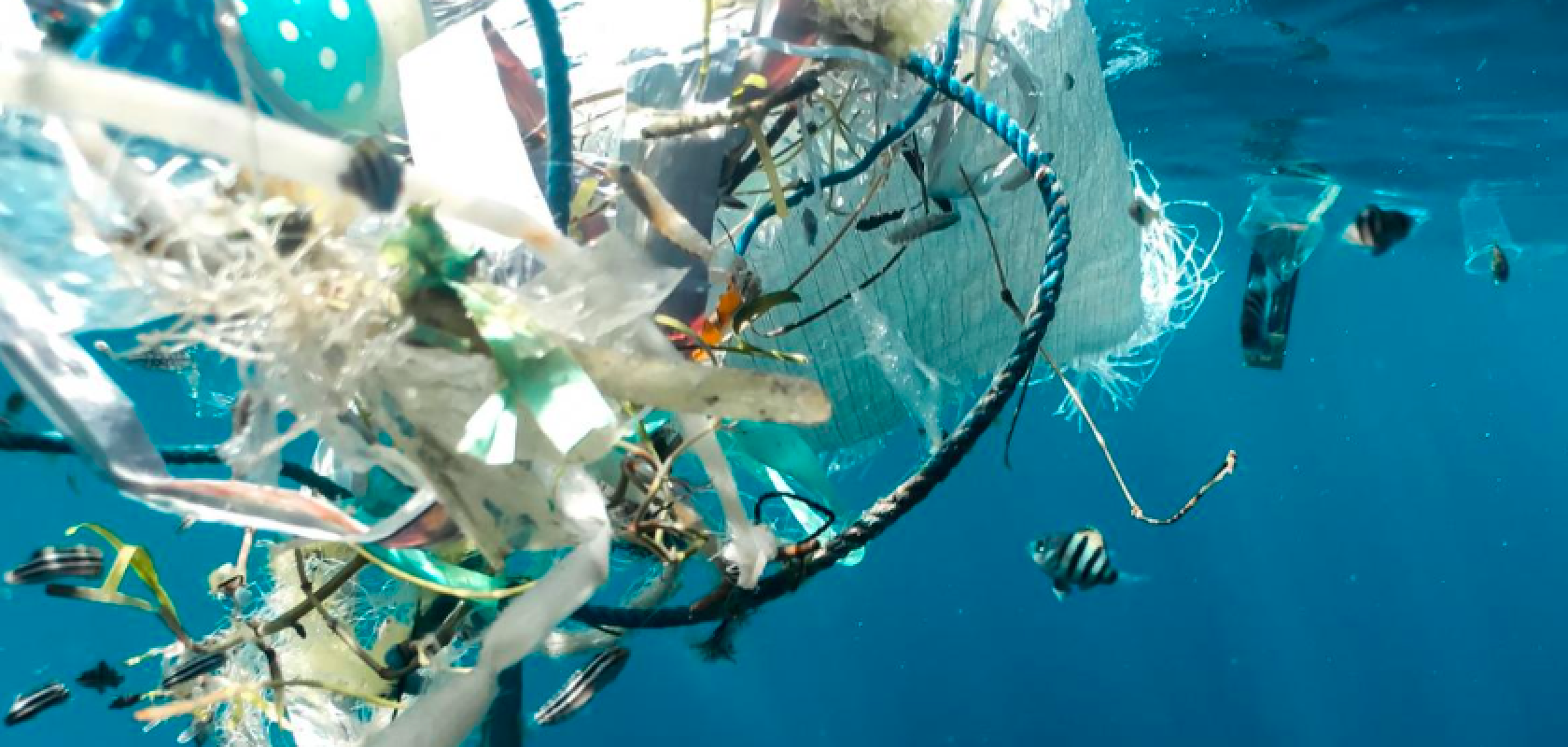A multinational research team has developed a novel method for light-driven C–H activation using two-dimensional transition metal dichalcogenides (TMDCs), which could transform both organic chemistry and environmental sustainability.
The approach not only offers a cleaner, more efficient way to manipulate carbon-hydrogen (C–H) bonds but also has vast potential in photonics, harnessing light for advanced material and environmental applications.
Harnessing light as an energy source
Light-driven C–H activation is a powerful chemical process that enables the direct functionalisation of carbon-hydrogen bonds. Traditionally, C–H activation has required harsh conditions and toxic reagents, but using light as a clean, abundant energy source offers a more sustainable alternative.
The researchers' method involves using TMDCs, such as tungsten diselenide (WSe₂), to mediate the activation of C–H bonds. This process has demonstrated proven efficiency under light irradiation, particularly in breaking down long-chain polymers like plastics.
Dr. Jingang Li, one of the authors of the study, explained: “C-H bonds exist in almost all organic materials and they are very stable. So C-H activation is a crucial step to break these materials for organic synthesis, materials conversion, and waste degradation.”
Beneficially, this photonic-focused approach opens up new opportunities for organic chemistry while also highlighting the significant role photonics can play environmental applications. This is because light-driven processes allow for precise control over chemical reactions, leading to innovations in energy conversion, imaging technologies, and smart materials.
Understanding TMDCs relationship with light
During the research, the team placed an organic surfactant on a thin layer of WSe₂ and exposed it to laser light. The light-induced reaction broke the strong covalent C–H bonds, leading to the formation of carbon-carbon (C=C) bonds, eventually producing valuable carbon dots—a material widely used in photonic and optoelectronic devices.
The use of TMDCs, materials with unique electronic properties that enhance their interaction with light, is central to the researchers’ achievements.
The layered structure of TMDCs, including materials like WSe₂, provides a high surface area, which is crucial for absorbing and converting light efficiently. TMDCs were instrumental in facilitating the breaking and reforming of chemical bonds in plastics and surfactants under the illumination of low-power lasers.
“One challenge is to visualise the carbon dots, and we are lucky to get collaboration with TEM experts,” Li added.
Yet this efficient process demonstrates TMDCs' potential in catalysing complex chemical transformations under mild conditions, which could lead to the development of light-responsive materials and devices.
Using the method to tackle plastic waste
One of the most exciting aspects of this research is its potential for addressing environmental challenges, particularly plastic pollution.
Non-biodegradable plastics, which pose a significant environmental threat, consist of long chains of C–H bonds that are difficult to break down. By using light-driven C–H activation, the research team has developed a method to decompose these plastics into simpler, more valuable compounds, such as carbon dots.
Speaking about the potential, he said: “It really has the potential to be applied for plastic degradation, especially for some plastics that are hard to recycle using existing methods. Future efforts are needed to scale them and further improve the efficiency of this reaction. It is not as large-scale as other methods, but the advantage is high precision, as we can pattern carbon dots and control emission patterns on-demand by laser writing.”
“Based on our current understanding and initial experiments, this method is general to many common polymers, organic surfactants, and plastics with C–H bonds,” said Li, further underscoring the potential for large-scale plastic recycling using photonics.
While challenges remain, particularly regarding the energy consumption of large-scale operations, the researchers are optimistic about refining the process using larger laser beams or alternative light sources.
Looking ahead, Li and his colleagues are confident that the method's scalability will allow for real-world applications in both industrial settings and environmental solutions.
They envision its implementation in sectors ranging from pharmaceuticals, where precise C–H activation can improve drug synthesis, to environmental engineering, where photonics could be used to break down plastic waste on a large scale.


